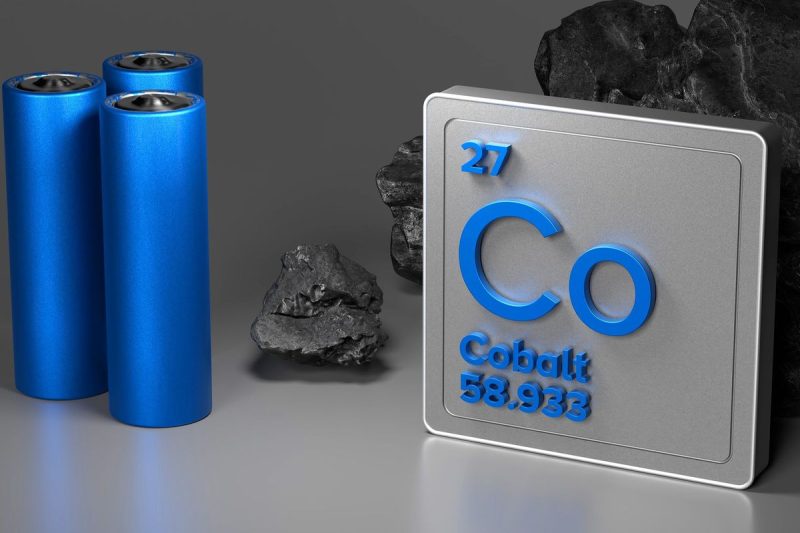Cobalt has been used as a blue coloring agent in pottery, glass and ceramics for thousands of years.
However, more recently, demand from high-tech sectors has overshadowed traditional cobalt uses. Today, this critical metal is an essential ingredient in electric vehicle (EV) batteries, energy storage systems, metal alloys and more.
The lithium-ion battery sector in particular has become a major source of cobalt demand, and analysts expect that this sector will drive the cobalt market going forward. At the same time, cobalt supply could tighten substantially due to human rights abuses in the Democratic Republic of Congo (DRC), where most cobalt is produced.
Given those factors, many investors are now wondering how to invest in cobalt. To help those interested in the sector, we’ve put together a brief guide on cobalt supply and demand and different investing options.
What factors impact cobalt supply and demand?
Cobalt is mainly produced as a by-product of copper and nickel, with the DRC supplying the bulk of the world’s cobalt. Most DRC cobalt comes from an area known as the Central African Copper Belt, which hosts most of the country’s cobalt-hosting deposits. The country also holds nearly half of global cobalt reserves, cementing its dominance.
Cobalt is produced in about a dozen countries. The DRC put out 170,000 metric tons (MT) in 2023, far ahead of runner-up Indonesia’s 17,000 MT. Russia (8,800 MT) and Australia (4,600 MT) were the third and fourth largest, respectively.
As noted, DRC cobalt is facing increasing scrutiny. While cobalt is not a conflict mineral, some human rights groups are pushing for it to receive that designation. Many DRC cobalt operations are dangerous, poorly managed and involve child labor, and these human rights groups believe end users should be sourcing the metal elsewhere.
As of early 2024, cobalt was in a supply overhang as increased production out of the DRC and Indonesia has not been taken up by demand, which took a hit in 2023 on the back of sliding sales for EVs. Fastmarkets analysts are ‘forecasting an ongoing and widening surplus in the global cobalt market in 2024’.
It’s tough to say exactly when and by how much cobalt demand will rebound in the coming years, but as noted, the lithium-ion battery market will be a huge driver of that demand.
‘Falling cobalt prices may lead OEMs in certain markets to reconsider lower nickel NCM batteries, with higher cobalt content, due to the potential cost savings,’ notes Fastmarkets in its report.
What are the main ways to invest in cobalt?
For investors interested in cobalt, and there are two main ways to gain exposure.
The first option is cobalt futures which can found on the London Metal Exchange. These futures are quoted in US dollars per MT. Contracts range over a span of 15 months, allowing investors to make bets on the metal over varying time periods. Typically futures trading is done by more sophisticated investors.
The second option is to invest in cobalt-focused companies. Benchmark Mineral Intelligence Chief Data Officer Caspar Rawles has recommended that any investor interested in investing in cobalt look at copper and nickel companies that are mining or exploring for cobalt, “unless (they) are lucky enough to find a (junior with a) deposit that is primarily cobalt.”
He added, “I think the key for smaller companies is to be targeting value-added products further downstream than simply a concentrate, such as cobalt sulfate, targeting the battery supply chain.”
For ideas on cobalt stocks to invest in, check out our list of the biggest producers of the metal — these are some of the largest names in the sector. You can also read our overview of Canadian cobalt companies that have seen year-to-date gains, and our list of the biggest cobalt stocks on the ASX by market cap.
Securities Disclosure: I, Melissa Pistilli, hold no direct investment interest in any company mentioned in this article.

